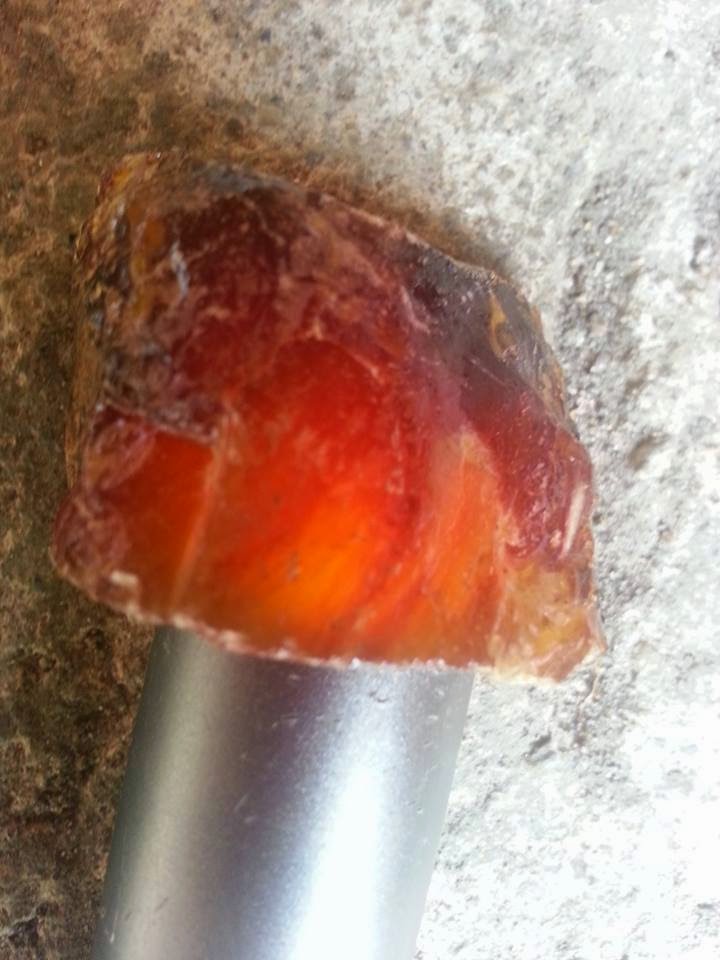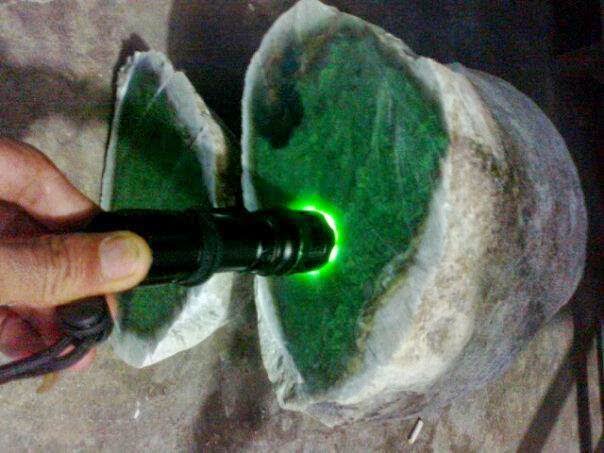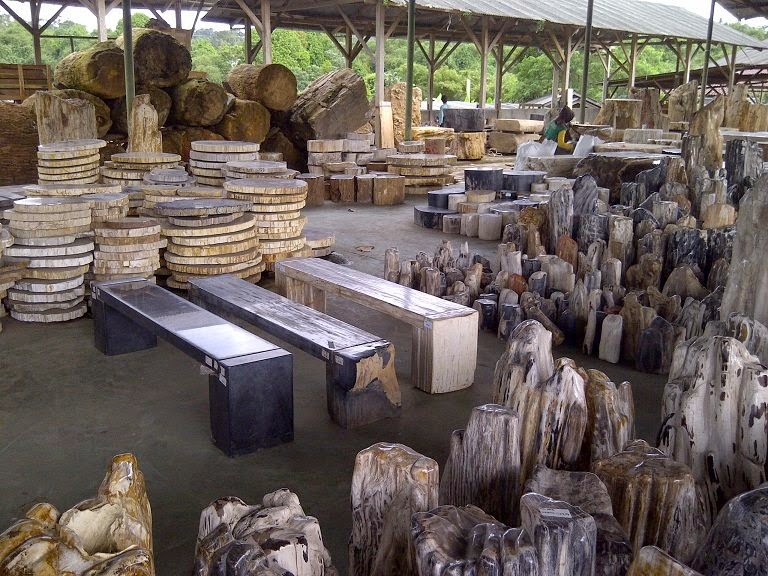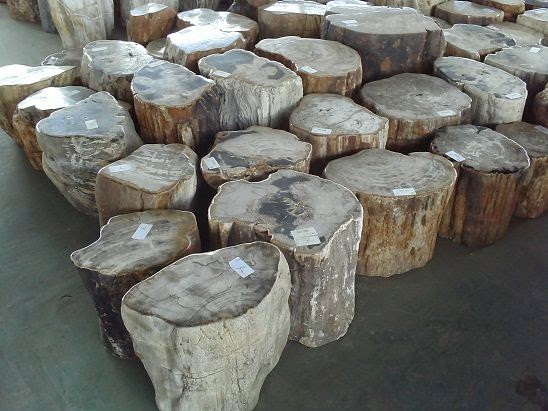Best Product
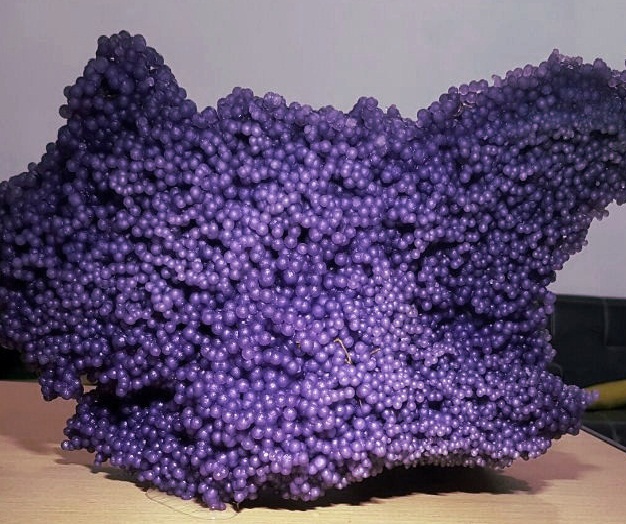
Nephrite Jade
| |||||||||
Nephrite can be found in a translucent white to very light yellow form which is known in China as mutton fat jade,[1] in an opaque white to very light brown or gray which is known as chicken bone jade,[1] as well as in a variety of green colours. Canada is the principal source of modern lapidary nephrite. Nephrite jade was used mostly in pre-1800 China as well as in New Zealand, the Pacific Coast and Atlantic Coasts of North America, Neolithic Europe, and southeast Asia.Indonesia
Rough Fosil Coral


| |||||||||
|---|---|---|---|---|---|---|---|---|---|
It is important that people
understand "fossil coral" is a natural stone formed from ancient corals.
It should not be mistaken for protected and endangered coral reef from
the modern oceans of today. Of the varieties of fossilized corals found
throughout the geologic record, exquisitely detailed specimens from
the mountains of Indonesia are most unique and beautiful. Corals have
been growing in the oceans around the world for almost 500 million
years. The corals thrived in warm shallow marine waters and over time
were buried in sediments as the land surface was juggled by crustal
plate movements or the oceans rose and fell. Temperature and pressure
from compaction during burial, resulted in those deposits, in time,
becoming rock and part of the present day geological record. Decorative
coraline limestone and marble are popular building materials and have
been used for centuries.For many years, ancient coral deposits have been
mined for their high quality calcium, potassium, magnesium and sodium
content which is used in health supplements. Fossil coral has also been
used in fertilizers. Fossil coral has even been used in filters to
remove impurities such as chlorine and formaldehyde from water. Ornate
coral pieces are also sought by fossil collectors or used in beads and
other jewelry. Silurian age (390 million year old) horn corals from
Utah (FIGURE 1) are prized for fine definition and brilliant red
color. Geodes formed by partial replacement or casts of coral heads by
low temperature chalcedonic or opaline silica are found in Florida.
Florida has even declared fossil coral to be the "Florida State Rock".
The shapes and colors of these specimens from the Tampa Bay region, in
north Florida and southern Georgia are unique. They are associated with
Tertiary rock formations of 20 to 25 million years in age.
Blue Amber indonesian
Amber is fossilized tree resin (not sap), which has been appreciated for its color and natural beauty since Neolithic times.[2] Much valued from antiquity to the present as a gemstone, amber is made into a variety of decorative objects.[3] Amber is used as an ingredient in perfumes, as a healing agent in folk medicine, and as jewelry.
There are five classes of amber, defined on the basis of their chemical constituents. Because it originates as a soft, sticky tree resin, amber sometimes contains animal and plant material as inclusions. Amber occurring in coal seams is also called resinite, and the term ambrite is applied to that found specifically within New Zealand ,Indonesia coal seams
fossil coral 1
It is important that people understand "fossil coral" is a natural stone formed from ancient corals. It should not be mistaken for protected and endangered coral reef from the modern oceans of today. Of the varieties of fossilized corals found throughout the geologic record, exquisitely detailed specimens from the mountains of Indonesia are most unique and beautiful. Corals have been growing in the oceans around the world for almost 500 million years. The corals thrived in warm shallow marine waters and over time were buried in sediments as the land surface was juggled by crustal plate movements or the oceans rose and fell. Temperature and pressure from compaction during burial, resulted in those deposits, in time, becoming rock and part of the present day geological record. Decorative coraline limestone and marble are popular building materials and have been used for centuries.For many years, ancient coral deposits have been mined for their high quality calcium, potassium, magnesium and sodium content which is used in health supplements. Fossil coral has also been used in fertilizers. Fossil coral has even been used in filters to remove impurities such as chlorine and formaldehyde from water. Ornate coral pieces are also sought by fossil collectors or used in beads and other jewelry. Silurian age (390 million year old) horn corals from Utah (FIGURE 1) are prized for fine definition and brilliant red color. Geodes formed by partial replacement or casts of coral heads by low temperature chalcedonic or opaline silica are found in Florida. Florida has even declared fossil coral to be the "Florida State Rock". The shapes and colors of these specimens from the Tampa Bay region, in north Florida and southern Georgia are unique. They are associated with Tertiary rock formations of 20 to 25 million years in age
soapstone (thian huang stone)
 |
| giok sabun (thian huang stone) |
| Price: | 30 USD |
|---|---|
| Min.Order Quantity: | 2 Ton/Tons |
| Supply Ability: | 200 Ton/Tons per Month |
| Port: | tanjung priok |
New petrified
 | ||||||||||||
banchset petrifiedpetrified wood stoolbig table petrified
Petrified wood (from the Greek root petro meaning "rock" or "stone"; literally "wood turned into stone") is the name given to a special type of fossilized remains of terrestrial vegetation. It is the result of a tree or tree-like plants having completely transitioned to stone by the process of permineralization. All the organic materials have been replaced with minerals (mostly a silicate, such as quartz),
while retaining the original structure of the stem tissue. Unlike other
types of fossils which are typically impressions or compressions,
petrified wood is a three-dimensional representation of the original
organic material. The petrifaction process occurs underground, when wood becomes buried under sediment and is initially preserved due to a lack of oxygen which inhibits aerobic decomposition. Mineral-laden water flowing through the sediment deposits minerals in the plant's cells; as the plant's lignin and cellulose decay, a stone mould forms in its place. The organic matter needs to become petrified before it decomposes completely.[1] A forest where such material has petrified becomes known as a petrified forest.
|
Petrified
 |
Round Ball From Petrified |
-

ashtray (asbak) from raw petrified material
bamboo carving petrified
bookend/book holder from petrified
washtable petrified
plate/piring
slice table petrified
Petrified wood (from the Greek root petro meaning "rock" or "stone"; literally "wood turned into stone") is the name given to a special type of fossilized remains of terrestrial vegetation. It is the result of a tree or tree-like plants having completely transitioned to stone by the process of permineralization. All the organic materials have been replaced with minerals (mostly a silicate, such as quartz), while retaining the original structure of the stem tissue. Unlike other types of fossils which are typically impressions or compressions, petrified wood is a three-dimensional representation of the original organic material. The petrifaction process occurs underground, when wood becomes buried under sediment and is initially preserved due to a lack of oxygen which inhibits aerobic decomposition. Mineral-laden water flowing through the sediment deposits minerals in the plant's cells; as the plant's lignin and cellulose decay, a stone mould forms in its place. The organic matter needs to become petrified before it decomposes completely.[1] A forest where such material has petrified becomes known as a petrified forest.
Subscribe to:
Posts (Atom)



